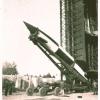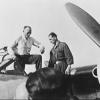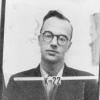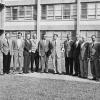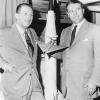From Germany to Alabama ... and back.
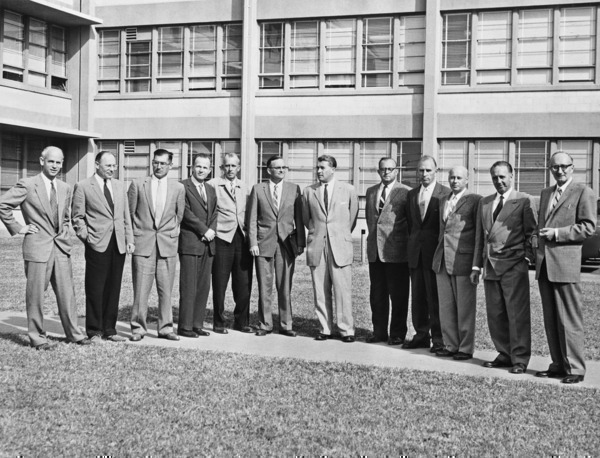
Wernher von Braun (1912-1977), phycisist and rocket-builder, with the German-born NASA employees, 1958.
In April of 1950, a total of 130 German contract workers from the German rocket programme, most of whom had come to the US with Operation Paperclip, were tranferred to the Redstone Arsenal in Huntsville, Alabama to what became named the Ordnance Guided Missile Center (OGMC).
While they had complained about their conditions in Texas, many of the scientists found working conditions in Huntsville far more acceptable. Within a short time after their arrival, they began to leave a cultural mark on the town, one which remains to this day, including an annual Oktoberfest.
The first task of the scientists, coming at the start of the Korean conflict, was to develop a new ballistic missile. The V2 rocket was the engineering starting point, with a nmber of improvements being made along the way. The new PGM-11 'Redstone' rocket was ready and was fired in a successful test flight by 1954. Eventually, in the 1961, it would form the basis for the rocket that sent Alan Shepard into sub-orbital space.
Before that, however, it was developed as a missile, becoming the first one to carry a nuclear warhead. In 1958 it was deployed with the US Army's 40th and 46th Artillery groups - in West Germany.
 Previous Story
Next Story
Previous Story
Next Story
How to cite this page
Slawomir Lotysz, 'From Germany to Alabama ... and back.', Inventing Europe, http://www.inventingeurope.eu/story/from-germany-to-alabama-and-back
Sources
- "Space: Reach for the Stars." Time Magazine, February 17, 1958.
- "Seer of Space." Life Magazine, November 18, 1957: (quote p. 136).





